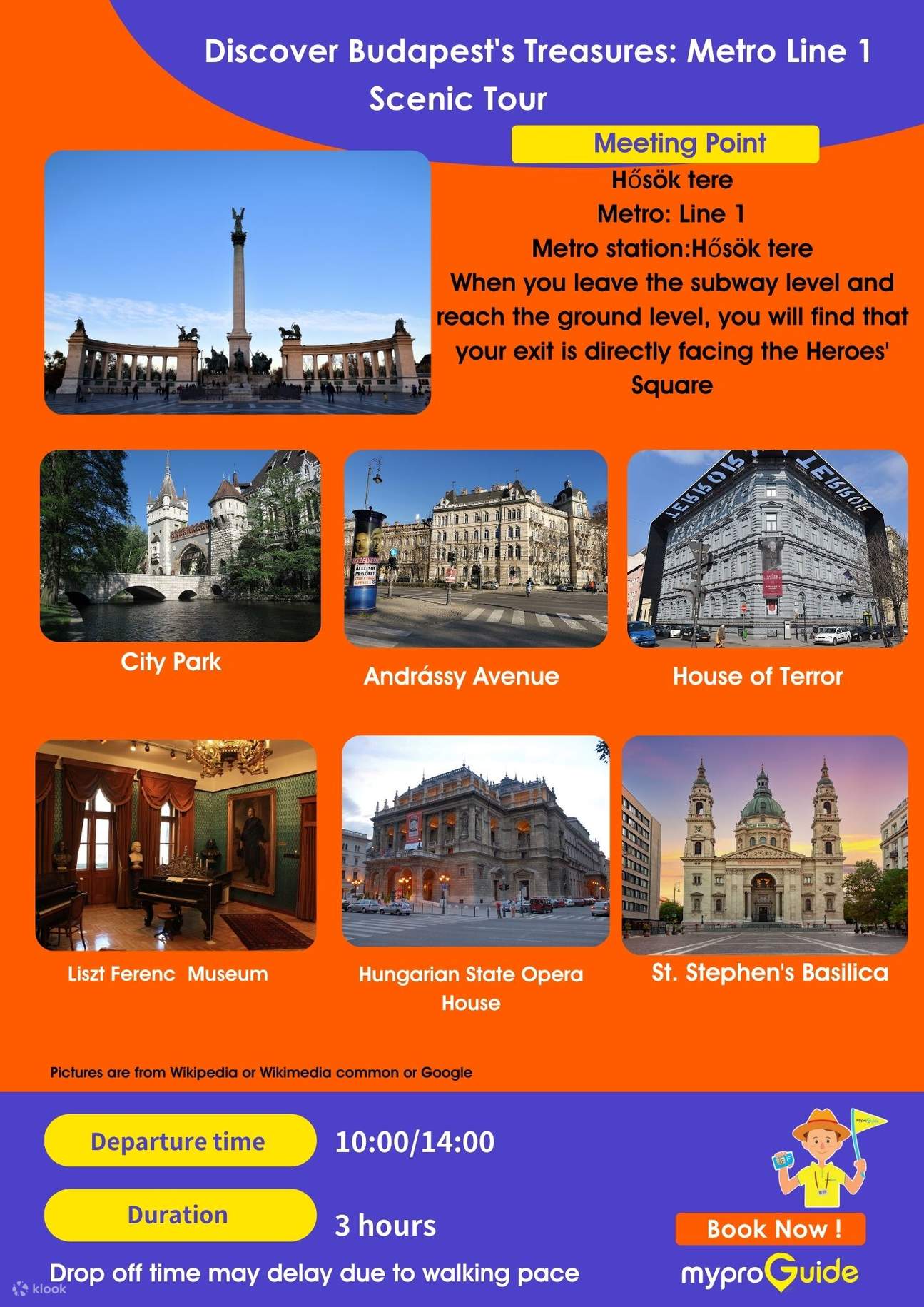Through our extensive research and analysis, we've created this comprehensive guide to support you in maximizing your experience in Ashnoviyeh, whether you're a seasoned traveler or a local seeking a deeper understanding of your hometown.
FAQ
This FAQ section provides comprehensive answers to frequently asked questions regarding Ashnoviyeh: Discover The Historical And Natural Treasures Of Northwest Iran.
Question 1: What are the historical and cultural attractions of Ashnoviyeh?
Ashnoviyeh boasts a rich historical and cultural heritage, with ruins of ancient settlements, including the Pir Chamran Castle, and religious sites such as the Imamzadeh Abdollah and the Juma Mosque. The city is considered the cradle of the Kurdish civilization, offering insights into its traditions, customs, and architectural styles.
Question 2: What natural wonders can be found in Ashnoviyeh?
Ashnoviyeh is blessed with stunning natural landscapes, particularly its picturesque mountains and valleys. The Baranduzchay River, renowned for its crystal-clear waters, meanders through the region, creating breathtaking scenery. The area is home to diverse flora and fauna, including many endemic species.
Question 3: What is the significance of the Takht-e Soleyman?
Takht-e Soleyman, located near Ashnoviyeh, is an ancient citadel and a UNESCO World Heritage Site. It was once the capital of the powerful Parthian Empire and played a significant role in Zoroastrianism, holding religious and administrative importance.
Question 4: What modern amenities are available in Ashnoviyeh?
Ashnoviyeh offers a range of modern amenities, including comfortable hotels, cozy cafes, and well-stocked markets. Transportation is accessible, with regular bus services and taxi availability. The city provides a harmonious blend of historical charm and contemporary conveniences.
Question 5: What are the best times to visit Ashnoviyeh?
Spring and autumn offer ideal temperatures for exploring Ashnoviyeh, allowing visitors to fully appreciate its natural beauty. Summers can be warm, while winters bring snowfall, creating a picturesque winter wonderland.
Question 6: How can I learn more about the history and culture of Ashnoviyeh?
Visiting local museums, such as the Ashnoviyeh Museum, is highly recommended to delve deeper into the region's history and cultural heritage. Engaging with the local community provides valuable insights into their traditions and customs.
Tips
When exploring the historical and natural treasures of northwest Iran, consider these valuable tips to enhance your experience and make the most of your journey.
Tip 1: Research and Plan
Before embarking on your voyage, dedicate time to research the destinations you intend to visit. Identify historical sites, natural wonders, and local customs to enrich your understanding and plan an itinerary that aligns with your interests. Maps and guidebooks can provide invaluable insights into the regional highlights.
Tip 2: Consider a Local Guide
Hiring a local guide can elevate your experience by providing expert knowledge and insights into the region's history, culture, and hidden gems. They can navigate you through historical sites, interpret ancient artifacts, and share local folklore, adding depth to your exploration.
Tip 3: Engage with Locals
Engage with the local people to gain a deeper understanding of the region's culture and customs. Visit local markets, dine at traditional restaurants, and interact with residents to learn about their way of life and perspectives. This immersion will broaden your cultural horizons and create memorable experiences.
Tip 4: Respect Cultural Sensitivity
Northwest Iran is a region with rich cultural traditions. It is essential to respect local customs, dress codes, and religious beliefs. Be mindful of your behavior and avoid actions that may cause offense. By embracing cultural sensitivity, you will foster positive interactions and demonstrate appreciation for the local heritage.
Tip 5: Travel During the Shoulder Season
If possible, plan your trip during the shoulder season (April-May or September-October) to avoid the peak tourist crowds and extreme summer heat or winter cold. During these times, you can enjoy a more personalized experience, access to accommodations and transportation, and favorable weather conditions for outdoor exploration.
Tip 6: Pack Appropriately
Northwest Iran has diverse weather conditions, ranging from hot summers to cold winters and rainy springs. Pack versatile and weather-appropriate clothing, including lightweight layers, rain gear, and comfortable walking shoes. Consider local cultural norms when choosing outfits to ensure respect for the region's dress codes.
Tip 7: Learn Basic Persian Phrases
Learning basic Persian phrases can enhance your interactions with locals and enrich your travel experience. Greetings, essential questions, and expressions of gratitude can help you connect with people and create a more immersive experience.
Tip 8: Explore Beyond the Major Cities
While major cities offer a wealth of historical and cultural attractions, venture beyond urban centers to discover hidden gems and authentic experiences. Visit smaller villages, explore remote areas, and engage with rural communities to gain a deeper appreciation for the region's diversity and charm.
By embracing these tips, you will enhance your journey through the historical and natural treasures of northwest Iran, creating a memorable and enriching experience.
Ashnoviyeh: Discover The Historical And Natural Treasures Of Northwest Iran
Ashnoviyeh, nestled in the heart of northwest Iran, unveils an enchanting tapestry of historical and natural wonders. Its rich past, dating back to ancient civilizations, intertwines with breathtaking landscapes, promising an unforgettable voyage of discovery.
-

Discover Budapest's Treasures: Metro Line 1 Scenic Tour - Klook Canada - Source www.klook.comAncient Heritage: Explore the ruins of historic citadels, remnants of once-mighty empires.
- Natural Splendor: Immerse yourself in lush forests, witness cascading waterfalls, and admire pristine lakes.
- Cultural Immersion: Engage with the warm hospitality of locals, delve into traditional crafts, and savor authentic cuisine.
- Pilgrimage Destination: Visit sacred shrines and mosques, revered by pilgrims for centuries.
- Gateway to Adventure: Embark on thrilling hikes, witness the beauty of wildflowers, and spot elusive wildlife.
- Foodies' Delight: Indulge in local delicacies, from fragrant saffron to succulent pomegranate.
These aspects, intricately woven together, paint a captivating portrait of Ashnoviyeh. From uncovering the secrets of ancient empires to marveling at the wonders of nature, this enigmatic land beckons travelers to embark on an extraordinary journey that will linger in their memories forever.
Ashnoviyeh: Discover The Historical And Natural Treasures Of Northwest Iran
Ashnoviyeh is a city in West Azerbaijan Province, Iran. It is located on the banks of the Baranduz River, in the northwest of the country. The city has a rich history, dating back to the Median period. It was once part of the Silk Road, and was an important trading center. Today, Ashnoviyeh is a popular tourist destination, due to its many historical and natural attractions.

Three Persian Bronze Animals, Northwest Iran, circa 1200 - 800 BC | The - Source www.sothebys.com
One of the most popular tourist destinations in Ashnoviyeh is the Qareh Kelisa. This ancient church is believed to have been built in the 7th century AD, and is one of the oldest Christian churches in Iran. The church is a popular pilgrimage site for both Christians and Muslims.
Another popular tourist destination in Ashnoviyeh is the Baranduz River. This river is a popular spot for fishing, swimming, and rafting. The river is also home to a variety of wildlife, including birds, fish, and otters.
Ashnoviyeh is also home to a number of natural attractions. These attractions include the Pir Najaf Mountains, the Margavar Valley, and the Beybuli Lake. The Pir Najaf Mountains are a popular destination for hikers and climbers. The Margavar Valley is a beautiful valley that is home to a variety of flowers and plants. The Beybuli Lake is a popular spot for fishing and bird watching.
Ashnoviyeh is a city with a rich history and culture. It is home to a number of historical and natural attractions. The city is a popular tourist destination, and is a great place to learn about the history and culture of Iran.
